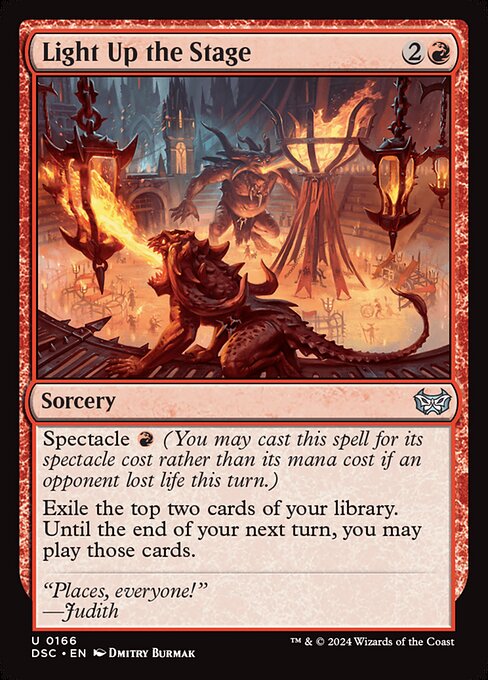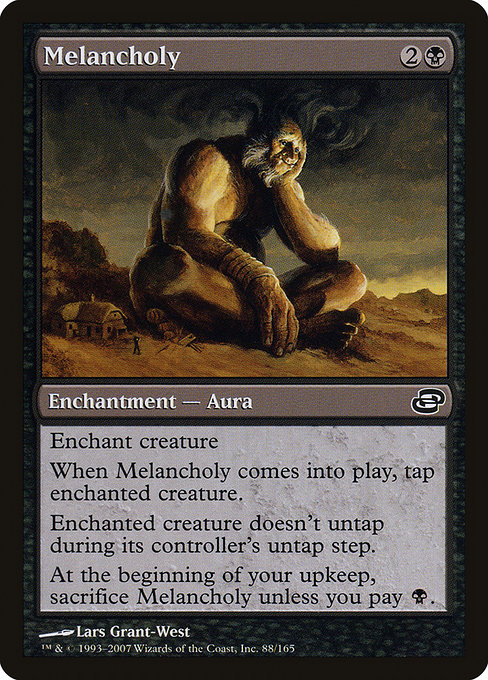Players Tour Phoenix is in the books, and I can finally say I’ve played on a PT. My goal for years has been to play a game at that level. After my first match, I took a walk and reveled in already having achieved everything I’d set out to in competitive Magic. That was an important touchstone for me after losing the final round and getting knocked out of day two—sure, winning is fun, making day two would be a nice feather in my cap, and competitive drafting is among my favorite things ever; but all of that would have just been icing on the cake. I made it to the big stage, and while I’d be happy to play on it again, I have never chased the dream of being a professional Magic player.

The Event
Perhaps the biggest surprise of the Players Tour was how familiar it felt. When the called draft began, I felt like I was at a massive Grand Prix day two—except several people qualified via Constructed and really weren’t comfortable with Limited. Even in Constructed, something I’d only ever played at Comp REL thrice, I didn’t feel like my limited preparation or inexperience hampered me very much.
To be honest, Constructed feels so much easier than Limited. You are guaranteed to have a deck that both does powerful things and does the things you want to do. You can bring to the event tons of heuristics to lighten the cognitive load of many decisions. You can recognize opposing archetypes quickly and leverage heuristics even more. This is compared to Limited, where you have no idea what you’ll be playing with, have far less information about your opponent’s deck composition, and have to improvise far more. But again, I’m a Limited lover, so I recognize my position isn’t at all a universal one. I’ll also acknowledge that Limited is a poor instructor for sideboarding, since sideboard slots are much more essential and finite resources in Constructed than they are in draft (and in Sealed, it can be more about completely reconfiguring or swapping your deck than it is about overturning a specific matchup).
I was pleasantly surprised that my deck, WU Control was nowhere near as poorly positioned as I expected. I avoided Inverter of Truth and Underworld Breach entirely and won all my matches where Azorius Charm was good. After the PT, I reconfigured the deck slightly, adding Gideon of the Trials, Narset, Parter of Veils, and Elspeth, Sun’s Nemesis; and then made top 4 of a 203 person Pioneer PTQ (beating Inverter in round 1 and losing to it in the semis). It would’ve been a good ending to the story of my first PT to requalify, but it unfortunately was not to be. Still, it was a joy to play competitive Magic and I felt like I’m in a pretty good place, both in my playskill and in keeping a positive mindset.

Returning to the Big Stage
For many people, tasting success at the PT can kindle a desire for the full meal, to make their first day two, cash, top 8, or best of all, to win. I admit, I do really like the idea of being a top level player, getting to play lots of challenging matches against the best players in the world. But I also recognize that I don’t want to dedicate my life to competitive Magic. Would I love to requalify? Sure! But I’ll do so by continuing to play in events that I want to play in, which means a few shots every year. I’m not clearing my weekends and traveling to every GP or PTQ within six hours of NYC.
The PT reminds me of how valuable Team Draft League is, since it cultivates the friendly, competitive spirit of Magic that I crave. It’s imperative that the league continues to exist, especially in an era where paper Magic in NYC is struggling, where competitive paper Magic (especially Limited) is harder and harder to come by, and where more focus is shifting to Commander and Arena players and purchasers of Secret Lair. (Those trends can be very good for Magic and its larger and under-served audiences, but can negatively impact well-served Magic demographics). I want to continue playing my Magic friends in person, and so I’ll be redoubling my efforts to bring the league back to a healthy size for Ikora.
The Pro Narrative
The narrative around pro players has gotten muddled in recent years. The abrupt ending of Grand Prix coverage a year ago, the rebranding and division of tournament play into Mythic Invitations and Players Tours (that have some, but not much relation), the splitting of players into three regions, the extremely well-intentioned but awkwardly executed MPL weeklys and discretional invitations, and the increased frequency of high level events—all have eroded my awareness of who’s who at the top tables. I’m not learning new names as players win Grand Prix, never hearing commentators talk about them as they rise to the forefront. Instead, they just appear on my radar at a high level event, looking like some random upstart. They’re not upstarts and have earned their positions, but all the narrative-building I was accustomed to (and still see on the SCGTour) is gone. And so the players I root for are limited to names I already knew years ago or friends of friends.
I wonder what would happen if folks like Reid Duke or Andrea Mengucci cut back on their Magic playing. Would those voids be filled with new players I’d come to care about, or would my interest dwindle all the faster? I don’t know, but I do wish it were easier for me to learn and care about new pro players.

Traveling without the Posse
Back in 2015, I traveled to the first RPTQ with an acquaintance, since most of my friends hadn’t qualified. While I did well at that event (coming a single game away from qualifying for the PT), it wasn’t an experience I wanted to repeat. I like how GPs and PTQs are an opportunity to hang out with my Magic friends, swapping perspectives on the format and catching up. I’m very introverted (a socialable introvert, but an introvert nonetheless), so it’s challenging to make new friends at events without being already with a friend group, especially when I’m mentally taxed from playing 8+ hours of Magic.
I only knew a couple people well at the Players Tour and my lodging was on the opposite side of town from them, so I expected a repeat of the RPTQ. However, it ended up a lot more fun than I expected it’d be. I caught up with someone I’d only known as a Twenty Sided regular, got to know my friends there better, and met a whole bunch of nice and talented players my friends know. Overall, it made what could have been a lonely tournament into a delightful and memorable one.

Cleanup Step
I’m returning home feeling great about the event. I had fun, had some great matches of Magic, be they at Professional REL or a Mystery Booster draft where my Drana could only target things at random. It was also invaluable attending this tournament with the loving support of my amazing girlfriend and my family. It took years and years for my parents to become comfortable with the idea of me so dedicated to gaming and it’s heartwarming having them cheer me on.
Looking ahead, I’m excited to play my next PT, whenever that happens (or whether it does), I’m finally enjoying Theros Beyond Death draft, and I’m even happy to keep jamming Pioneer (though I might take a little bit of a break this week). Here’s looking forward to getting to keep talking about and playing Magic in another decade.
And, as always, thanks for reading.
—Zachary Barash is a New York City-based game designer and the commissioner of Team Draft League. He designs for Kingdom Death: Monster, has a Game Design MFA from the NYU Game Center, and does freelance game design. When the stars align, he streams Magic (but the stars align way less often than he’d like).

